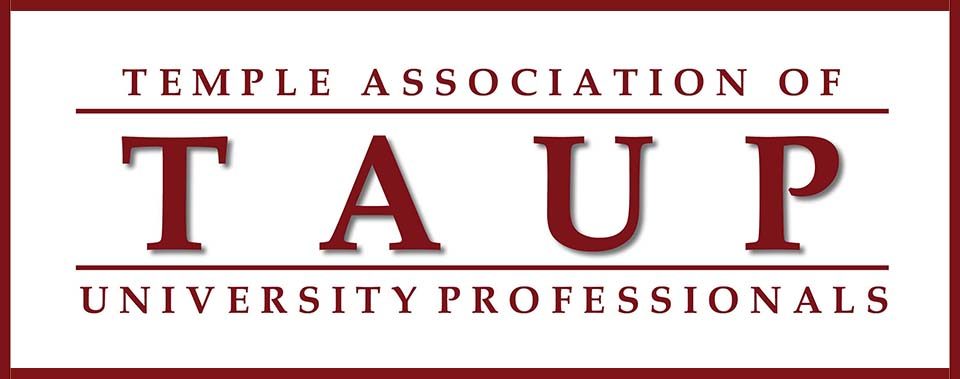TAUP was pleased to see that President Englert and Provost Epps wrote in their email to members of the TAUP bargaining unit that they are interested in reaching a fair agreement with our faculty, APs and librarians. We are eager to work with the administration toward the goal of a fair contract that improves the working conditions that we teach, research and serve under.
To achieve this, the University should engage in principled conversations that will provide additional support for our members by moving toward more respect, equity and job security in the workplace, improving the environment for the work we do with our students.
That is TAUP’s goal, and it is not in conflict with the obligation to prioritize our students’ needs, as the President and Provost’s email implies. In fact, the opposite is true: students benefit when our working environment improves, and our proposals respond to the need for a more equitable and student-centered University.
We received a letter from a member shortly after they read the administration’s email. He wrote:
“Students’ best interests aren’t being served when NTT’s have no real job security outside that provided in their renewable contracts and adjunct faculty have no job security whatsoever outside their semester-long appointments because it does not allow us to focus fully on the quality education Temple claims we are providing.”
The same can be said for their rejection of our proposal for a 1% increase in tenure-track hiring for each year of the contract.
Financial Concerns
Although the President and the Provost allude to strains on Temple’s budget, the fact is that Temple has enjoyed many years of sharply increasing revenues but has maintained a flat rate in the percentage of the budget spent on instruction.
Student enrollments and state support are ongoing concerns, but despite earlier reports, according to the university’s current budget (see p. 2), the state allocation increased by 2% this year and the number of incoming students is projected to remain the same as last year’s, though the graduating class was unusually large as a result of Fly in- 4.
A study conducted by the Century Foundation showed that last year Temple University came in dead last among public Research 1 schools when it came to the percentage of tuition and fees spent on instruction, just $0.61 for every $1.00 collected. (click here for a table of this data; to use the lookup tool yourself, click here)
Where is the rest of the money going? We have some answers to that question we’ll be sharing in future communications. But we are certain that the administration has the funds to agree to our reasonable proposals to improve working conditions and the educational environment at the university.
You can expect, however, that they’ll say that it can’t be done without negative consequences for students, or that a benefit to one of the union’s constituent groups will have to hurt another.
We know that does not need to be the case: Temple’s administration can respond productively to our proposals without hurting students if they make decisions that prioritize research, creative activity, service, and teaching–the core missions of the university. Temple can do it, if the administration chooses to.
TAUP’s Role at the University
The administration has presented proposals that suggests that TAUP’s advocacy is extraneous to Temple’s core missions. As the exclusive negotiator for faculty, librarians, and AP’s we know that the contract we bargain deeply affects the inner workings of this university. Things like access to healthcare, your ability to file a grievance if the terms of the contract are violated, and a living wage for faculty and staff comes directly from the work of your colleagues in TAUP. Our Constitution declares and our 45-plus-year history proves that we are committed to improving the working conditions of our members, the learning conditions of students, and the well-being of the wider community.
We are eager to work with the administration toward those goals and hope that tomorrow’s negotiations will be productive.
